Oleh : Andri Rosadi, Lc., M.Hum
 It has become an agreement among the West, especially the media that Taliban is the representative case of Islamic fundamentalism. Taliban have all criteria of being fundamentalists represented by their action in imposing burqa on Afghan’s women. Burqa has become the main issue by which the West defines others of either being an enemy or friend. As a matter of fact, burqa is not the only issue faced by Afghan women.
It has become an agreement among the West, especially the media that Taliban is the representative case of Islamic fundamentalism. Taliban have all criteria of being fundamentalists represented by their action in imposing burqa on Afghan’s women. Burqa has become the main issue by which the West defines others of either being an enemy or friend. As a matter of fact, burqa is not the only issue faced by Afghan women.Poverty, war, militarization, and starvation are the most obvious issues under which they are living every day. So why are these important, neglected issues considered less significant for women than the issue of burqa? It seems that the underlying reason is more related to political strategy rather than the need to understand the object. Mahmood and Hirsckind’s paper is an attempt to explain the relationship between burqa and politics of strategy concluding that burqa is in fact not masking Afghan women’s bodies but rather justifying and then masking the US violence against Afghanistan people; while Kandiyoti explains how armed intervention has failed to liberate women in Afghanistan and Iraq.
Afghanistan: contesting a domination
Burqa, to the West readers, is an effective means to demonize a Muslim regime. Prevailing of burqa in Muslim’s society is assumed create women’s repression because it confines their movement, shame the face, isolates them from society, and above all, violate their human right. Burqa, in its broader context, is part of many images which construct fundamentalism.
In addition to burqa, fundamentalism is also associated to other images such as “cutting off of head and hand, massive crowd praying in unison, imposition of a normative public morality grounded in rigid interpretation of religious text, rejection and hatred of the West; return to pristine past; violence against those who are different” (Hirschkind and Mahmood 2002: 348). Fundamentalism is rather an umbrella concept under which all categories of fanaticism and violence against other culture are associated. It is a collection of image and descriptions with women’s oppression as its main defining element, symbolizing in burqa.
To the West, burqa is “a dividing line between the human and the inhuman, the person and non-person, the normal and the abnormal”. Accordingly, Muslim women can only be uncovered, like the West, and therefore liberated, or veiled, different from the West, and thus still subordinate (Ibid: 352-53).
Why is burqa becoming more important than starvation, militarization, rape, poverty, illiteracy in describing Afghan women’s condition? To Mahmood and Hirsckind, burqa is only a means by which image of Taliban is constructed to justify the US’s policy in Afghanistan.
In June 2001, before the 9/11, a documentary film Beneath the Veil was aired on Britain’s Channel 4, and then in August on CNN. No significant impact has been reported. Just after the 9/11, it aired again for ten times on CNN and became the most-watched documentary (Mclarney 2009: 3). Ten-times airing is seemingly done in fulfilling the US army strategy to gain public support on their plan to attack Afghanistan. This case obviously shows us how the burqa has been politicised in order to prepare the ground for the US attack against Afghanistan.
It is not totally wrong the perception that the Taliban oppressed Afghan’s women, but some of their policies are also deserved to be appreciated. For instance, in contrast to the Feminist Majority, some reports describe Taliban effort to protect women. It is the Taliban who disarm people which lead to reducing violence against women. Moreover, rural women are still found working together with men in their field unveiling their hair. It is during the Taliban regime the Afghan women are able to leave their homes safely. Taliban decree to ban girls from school has only affected a small number of urban women since most school buildings have been devastated during the war (ibid: 345-46). What was then the Taliban’s misdeed? Why is Taliban solely responsible for the catastrophic situation in Afghanistan? The history should be drawn back in order to understand the historical context of the war.
Hirsckind and Saba criticize Western commentators who failed to connect between the US policy during the Cold War and the emergence of Taliban (ibid: 340-41; Kandiyoti 2007: 505). It is known that massive military and economic support that the US provided to the most extreme Afghan groups, who later on become Taliban, played an important role in bringing them to power. The US policy has directly affected nuance equilibrium of tribal power and elites group in favour of the hardliners. Ironically, it has been done for one reason: “the fanatics fight better” (Hirschkind and Mahmood 2002: 343). One decade later on along with the end of the Cold War, those fanatics have been transformed to be the US enemy. It is clear that the emergence of Taliban fundamentalists is related to the Cold War in which the US and Soviet Union contest their hegemony in the region.
Does the West, particularly the US succeed in bringing significant change to the Afghan’s people? Kandiyoti (2007) tends to say that armed intervention in Afghanistan failed to reconstruct the country. Post-conflict reconstruction, which is characterised by the internationalization of the state building, is very fragile due to different interest of the stakeholders. Moreover, the proposed method, those are adopting new constitution and democratic election, to a large degree does not reflect the socio-political background of the country. Democracy is not only related to the system but also the culture serving as the software by which the process of democratization could be ensured. Accordingly, to Kandiyoti (2007: 510), democracy by design might not guarantee women’s right. Moreover, in Afghansitan and Iraq, new constitution still left a room for hardliners to amend it on the basis of their interpretation of the Islamic teachings (ibid: 507). Since their understanding is characterized by rigidity and conservatism so women’s right is put into the most risky situation. To sum up, armed intervention has failed to improve women’s situation in Afghanistan and Iraq. The situation has become worse since women right has been politicized to justify the political and economic interest underlying the intervention. In this case, the burqa is not only covering women’s body but also the US interest.
Reference
Hirschkind, Charles and Mahmood Saba (2002) “Feminism, the Taliban, and Politics
of Counter-Insurgency”, in Anthropological Quarterly, vol. 75, no. 2, Spring.
Kandiyoti, Deniz (2007) “Between the Hammer and the Anvil: Post-Conflict
Reconstruction, Islam and Women’s Right” in Third World Quarterly, no. 28.
McLarney, Ellen (2009) “The Burqa in Vogue: Fashioning Afghanistan”, in Journal of the
Middle East women’s Studies, vol. 5, no. 1. Winter.

























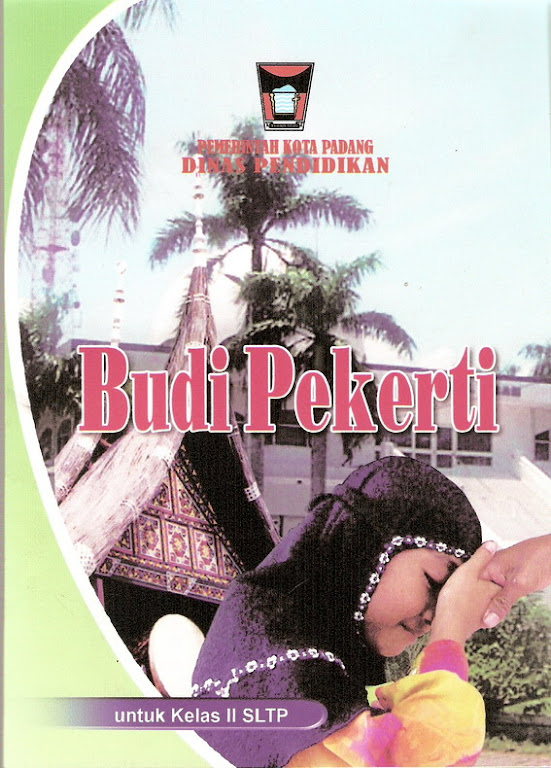
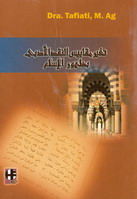


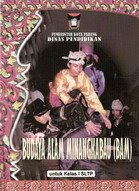

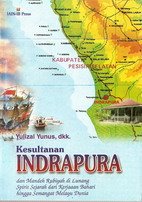



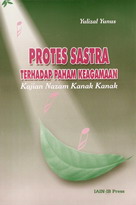
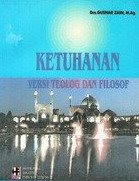

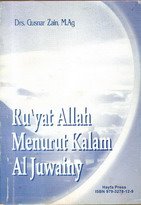


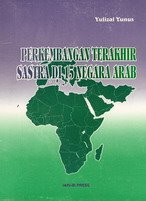


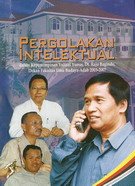








Tidak ada komentar:
Posting Komentar